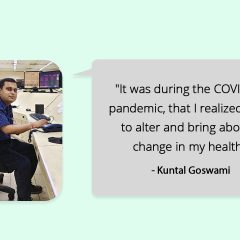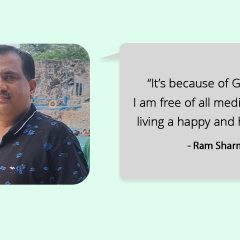
There’s nothing sweet about diabetes and we’re all well aware about that. Factors such as a poor diet, obesity, lack of exercise, improper sleeping patterns, stress and advancing age can cause diabetes. While it might seem overwhelming, diabetes is not an insurmountable affair. With proper self-care, guidance and a few lifestyle modifications, you can manage diabetes effectively like our Player Ram Sharma. Want to know how he reduced his HbA1c levels from 7.2 to 6.1? Let’s see how he did it!
Before Joining GOQii
Ram Sharma is a 47 year old working individual originally hailing from Rajasthan. As a part of a routine medical check-up by the company in 2022, he was shocked to find out that he had high sugar levels. His HbA1c levels were at 7.2 and he weighed around 97kg.
When he analyzed his health parameters, he was aware that his lifestyle had to change considering that he had, so far, lived a more or less sedentary lifestyle marred by stress and unhealthy eating habits. His consulting doctor had also put him on medication to control his sugar levels.
He began looking at a few health programs that would help him. His friends suggested he get a smartwatch, and after a good bit of research, he zeroed in on GOQii as it also had an assisted program. He decided to go ahead with the GOQii Diabetes Care Program – which essentially helps people manage diabetes and take ownership of their health with guidance from certified experts and doctors.
Making Lifestyle Changes with the GOQii Diabetes Care Program
Once onboard in February 2022, Ram Sharma’s goal was to reduce his HbA1c levels and lose weight. His GOQii Coach Sweta Jaiswal began suggesting simple changes which included gradually increasing his step count and managing his diet through proper nutrition.
“In February, he started with a goal of 3k and slowly increased the step count to 5k. Simultaneously, he also started going to the gym to exercise,” says his coach, Sweta.
Once he began interacting with his coach on a daily basis, he became more aware of what his actual weight should be. He then began asking his coach for ways to achieve his health goals. He followed all the instructions given by Coach Sweta Jaiswal and logged all his food and activities in the GOQii App.
While he followed all his coach’s instructions, one issue he still faces is eating his food on time. “Food timings are a bit off due to his hectic work schedule, but he is trying to maintain it as best he can, and has started meditation to make sure his day begins nicely,” says coach Sweta.
How Did These Changes Affect Ram Sharma?
As of now, the combination of walking and strength training has helped Ram Sharma reduce his weight from 97kg to 82kg. On average, he clocks in 15K steps a day. As a result of his efforts, his adherence to his coach’s suggestions, and his dedication, he managed to reduce his HbA1c levels from 7.2 to 6.1. What’s amazing is that he has stopped all his medication and feels better too. “It’s because of GOQii that I am free of all medications and living a happy and healthy life,” he says.
He further added, “I had a paunch, and now I am slim and trim, and people around me cannot believe it and ask me how I managed to do this. Here is when I suggest GOQii to family and friends.”
Currently, he walks 3-4 km a day, works out regularly, and has made a very healthy switch in his life with the guidance and motivation of his GOQii Coach. You can learn more about his journey as he speaks to our Founder and CEO, Vishal Gondal, on an episode of GOQii Health Stories here.
Ram Sharma has been an elite player for the past 404 days. He has also upgraded to the Insure+ Program and has renewed his Diabetes Care Program subscription for 1 year in May 2023.
Know someone with Diabetes who might need help? Share this article with them or ask them to check out GOQii’s Diabetes Care Program – India’s only diabetes program that is driven by Smart Science and Personal Coaching to improve Fasting Blood Sugar (FBS), Postprandial Blood Sugar (PP), and reduce HbA1c levels.
Find more inspiring health stories here.
#BeTheForce
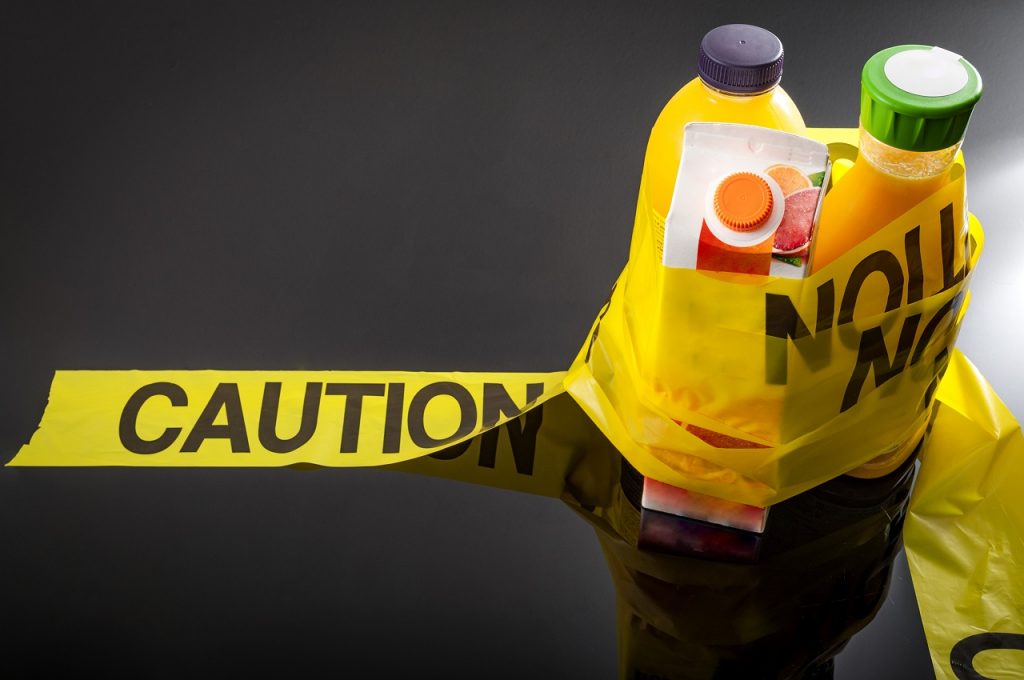 You may have often come across the term ‘Diabetes Reversal’. But can the condition actually be ‘reversed’? “The word ‘reversal’ is a misnomer, as the dictionary defines it as a change in an opposite direction, position, or course of action or back to a former state. Of late, this seems to be used very loosely next to diabetes, and that’s not an accurate way to look at it.
You may have often come across the term ‘Diabetes Reversal’. But can the condition actually be ‘reversed’? “The word ‘reversal’ is a misnomer, as the dictionary defines it as a change in an opposite direction, position, or course of action or back to a former state. Of late, this seems to be used very loosely next to diabetes, and that’s not an accurate way to look at it.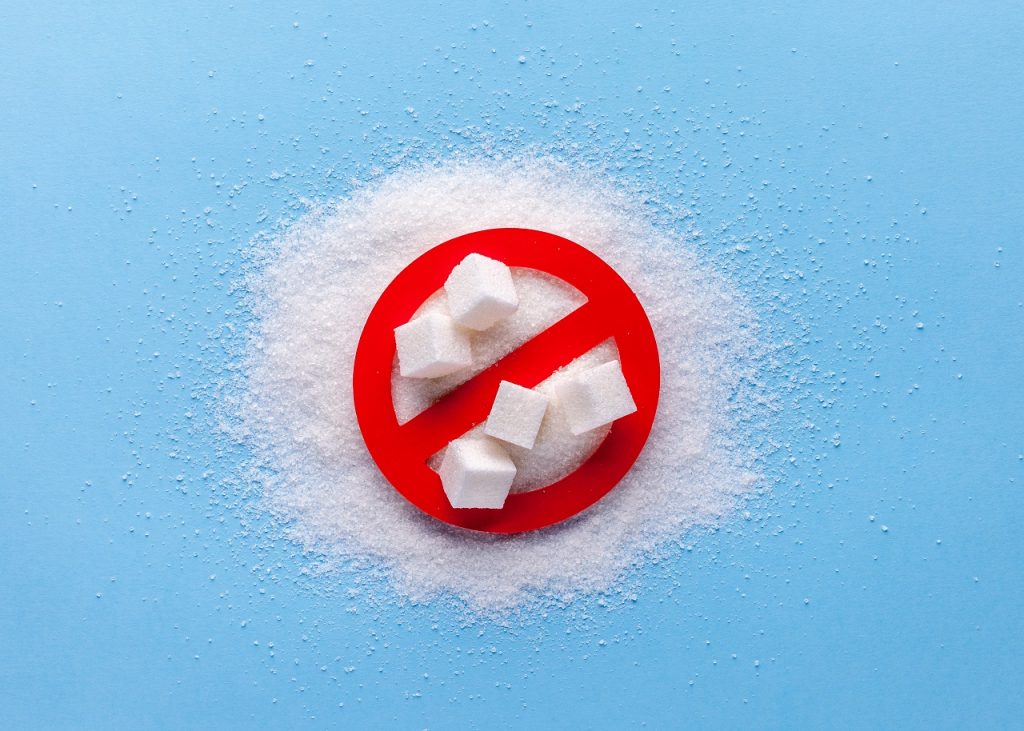
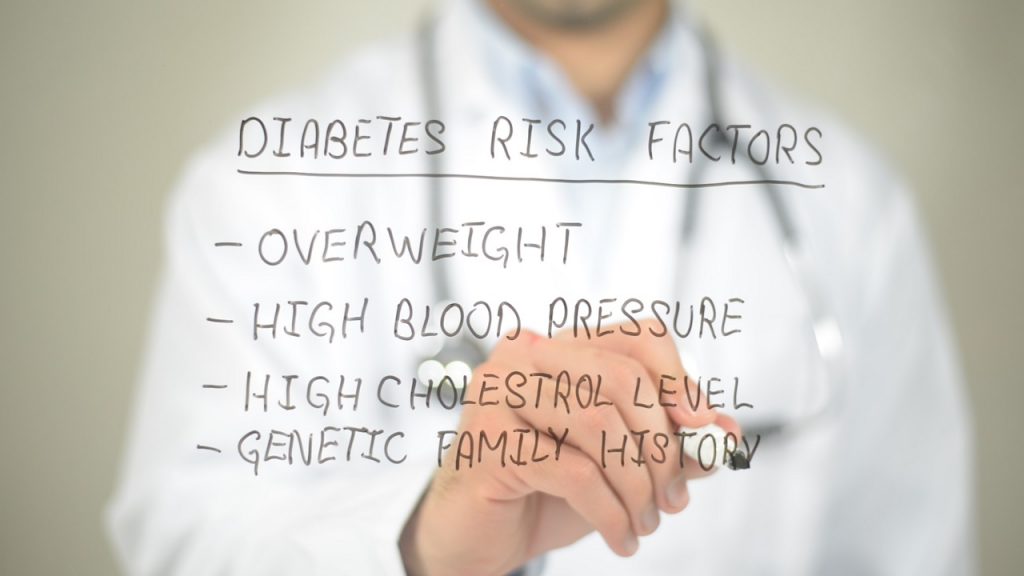 Fact
Fact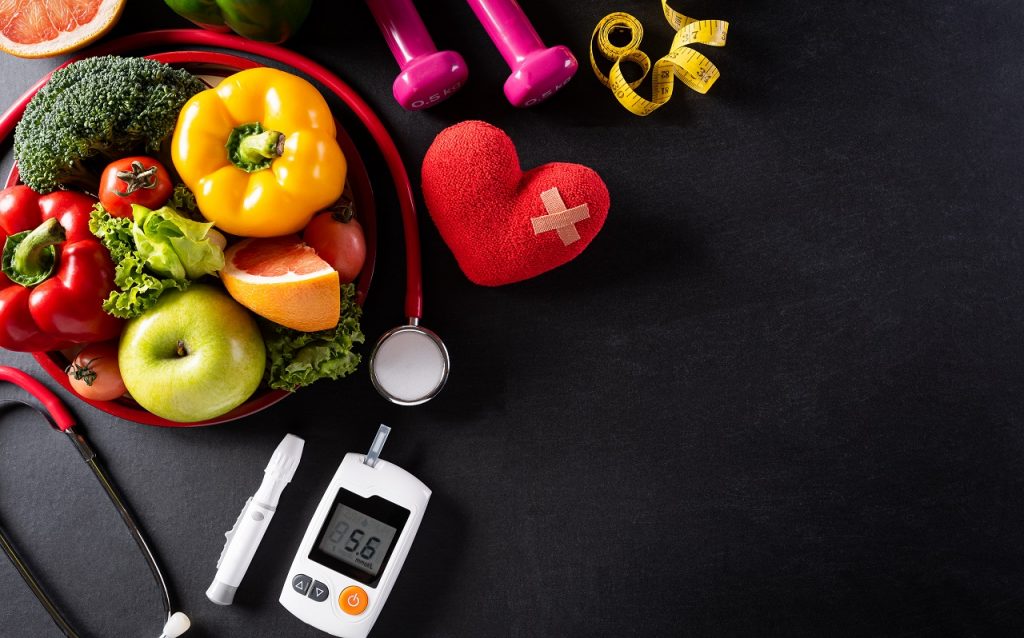 How often have we come across friends or family members with diabetes, taking the condition lightly, being happily dependent on prescribed medications? But, the fact is that diabetes can be controlled or reversed if adhered to self care along with the prescribed medications.
How often have we come across friends or family members with diabetes, taking the condition lightly, being happily dependent on prescribed medications? But, the fact is that diabetes can be controlled or reversed if adhered to self care along with the prescribed medications.

